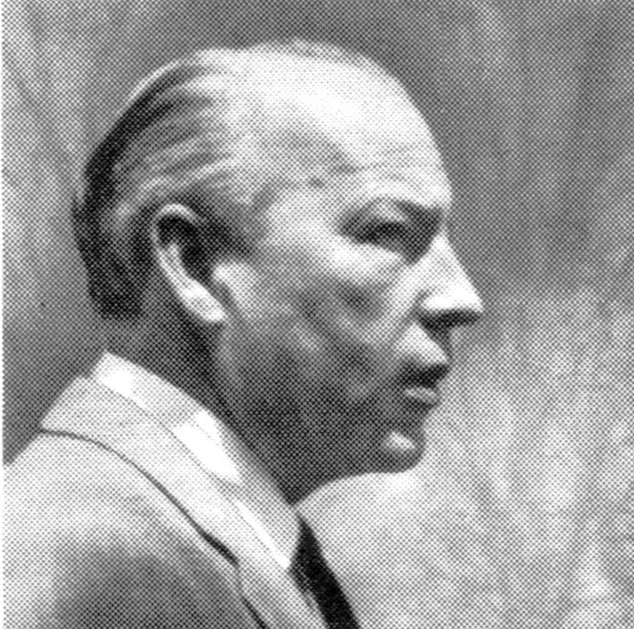
Erik Nitsche studied at the Collège Classique in Lausanne, the Kunstgewerbeschule in Munich under Professor Ehmcke, and in Paris with Maximilien Vox. He worked with the printing firm Draeger Frères in Paris from 1929 to 1932 before freelancing and moving to New York in 1934. There, he became art director for Saks Fifth Avenue and worked with Bloomingdale’s, Macy’s, and Ohrbach’s, while overseeing ad campaigns for Douglas Aircraft, Scandinavian Airlines, and RCA Victor’s Record Review. In 1947, he was named vice president of Dorland International, handling art and industrial design. Nitsche later redesigned advertising for Filene’s, worked with the Museum of Modern Art, and led campaigns for 20th Century Fox and Decca Records. In 1953, he became a consultant for General Dynamics, designing the Atoms for Peace campaign in 1955.